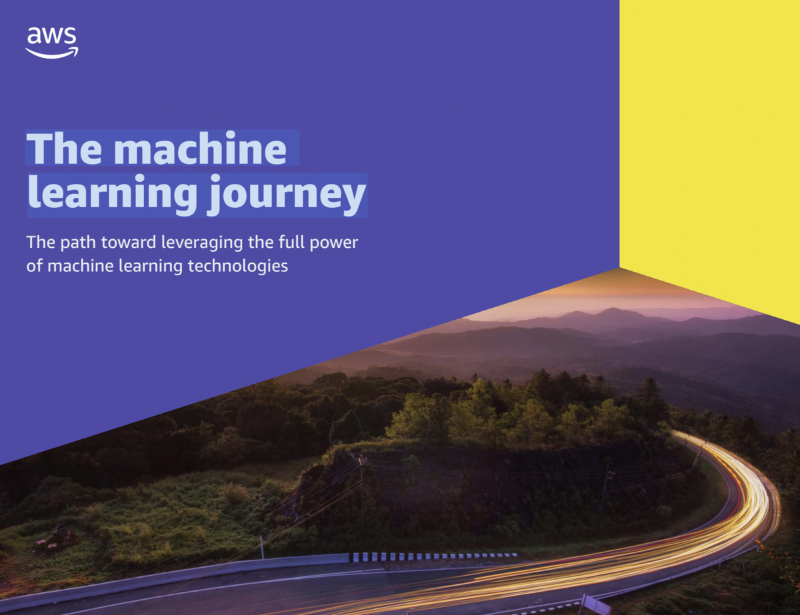The machine learning journey
Published on 06 Oct 2022

Machine learning (ML) may enhance agility, simplify operations, raise income by producing new products and enhancing current ones, and allow better, quicker decision-making when used correctly.
There's no denying that machine learning and artificial intelligence (AI) may help businesses accomplish more—in a recent McKinsey poll, 63 percent of respondents reported revenue gains from AI adoption in business units where their organizations employ AI. It is also obvious that adopters continue to believe in the capabilities of AI technology to provide value and advantage.
According to Gartner, 75 percent of organizations will go from piloting AI to operationalizing AI by 2024, and 57 percent expect AI to alter their company in the next three years.
While machine learning has been around for decades, its use as a business transformation tool is relatively recent. And the absence of a single, established road to machine learning success has some organizations on the fence, uncertain of how to take the next (or even the first) step on the trip. This eBook is intended to assist companies in moving forward, detailing a tried-and-true path—from the first step to assessing results—with insights from Amazon's machine learning background and experience assisting thousands of customers in realizing their projects.
It's time for businesses to put aside their concerns about machine learning, stop playing catch-up, and go forward confidently. Regardless of where enterprises are on their machine learning journeys, they will discover the direction they need to take the next step toward machine learning success.
What is the difference between artificial intelligence and machine learning?
You've heard artificial intelligence (AI) and machine learning (ML) characterized in a variety of ways, so let's go through their precise definitions:
Artificial intelligence (AI) refers to any system that can do jobs that formerly needed human intellect.
This is typically tied to some sophisticated decision-making process that would ordinarily need human judgment. Most AI use cases want a probabilistic outcome—making predictions, classifications, or judgments highly confident and comparable to human judgment.
Machine learning is used to construct almost all AI systems today. Machine learning creates and validates decision reasoning using massive volumes of data. This is referred to as a model. The AI system feeds data into the model, producing human-like predictions or classifications.
Machine learning is essentially the fundamental technology that underpins intelligent systems.
AI may be generated without the use of machine learning; however, for the time being, machine learning is the major approach for developing AI systems. Similarly, machine learning may be used for purposes other than AI, although for the time being, the vast bulk of machine learning is AI-related.
Why is machine learning used?
Before delving into the phases of the machine learning journey, consider why firms should embark on it in the first place. After all, even with this eBook's direction, accomplishing the stages detailed here would need ongoing commitment and unrelenting perseverance. Businesses will need to remind themselves frequently why they are battling, focusing on the specific commercial gains that can be realized by fully exploiting machine learning technology.
Download AWS's whitepaper to learn more about AWS Machine Learning White Paper only on Whitepapers Online.
